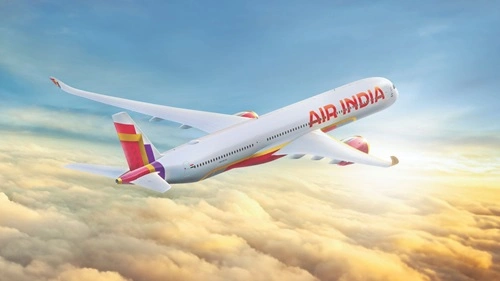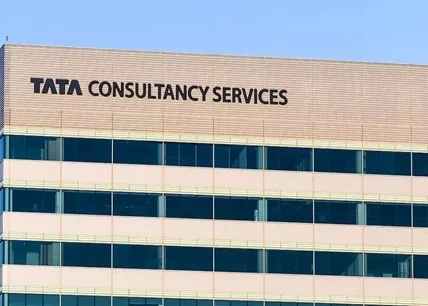Air India, established in 1932, has been a cornerstone of India’s aviation sector. Following its acquisition by the Tata Group in 2022, the airline has embarked on a comprehensive transformation journey. A SWOT analysis—evaluating strengths, weaknesses, opportunities, and threats—provides a nuanced understanding of Air India’s current position and future prospects as of January 2025.
Strengths
1. Strong Brand Legacy: As India’s flag carrier, Air India enjoys significant brand recognition and loyalty, both domestically and internationally. This legacy positions the airline favorably in competitive markets.
2. Extensive Network: The merger with Vistara in November 2024 expanded Air India’s network, enabling it to operate over 5,600 weekly flights and connect more than 90 domestic and international destinations with a fleet of 208 aircraft.
3. Fleet Modernization: Air India’s substantial investment in new aircraft, including an order for 470 Airbus and Boeing jets valued at $70 billion, underscores its commitment to modernizing its fleet and enhancing operational efficiency.
4. Strategic Leadership: Under CEO Campbell Wilson, appointed in June 2022, Air India has initiated a five-year transformation plan, Vihaan.AI, aiming to revitalize the airline’s reputation and expand its global footprint.

Weaknesses
1. Aging Fleet and Cabin Interiors: Despite new aircraft orders, a significant portion of Air India’s current fleet remains outdated, leading to customer dissatisfaction due to old interiors and in-flight amenities. Supply chain challenges have delayed refurbishment efforts.
2. Financial Challenges: While financial performance has improved under Tata Group’s ownership, Air India continues to operate at a loss, necessitating ongoing efforts to achieve profitability.
3. Customer Service Issues: Incidents such as downgrading passengers to accommodate crew members and reports of foreign objects in in-flight meals have negatively impacted the airline’s reputation for customer service.
Opportunities
1. Growing Aviation Market: India’s aviation sector is experiencing rapid growth, presenting opportunities for Air India to capture increased market share through expanded routes and services.
2. Fleet Expansion: The acquisition of 470 new aircraft, including 140 A320neos, 70 A321neos, and 190 Boeing 737 MAX, positions Air India to enhance its domestic and international operations.
3. Training and Development: Establishing the Air India Flight Training Center in Amravati, Maharashtra, with an order for 93 Piper Archer DX trainers, demonstrates a commitment to developing skilled pilots to support fleet expansion.
4. Technological Advancements: Investing in digital platforms and customer service technologies can improve operational efficiency and enhance passenger experience.
Threats
1. Intense Competition: The Indian aviation market is highly competitive, with both domestic and international carriers vying for market share, potentially impacting Air India’s profitability.
2. Operational Challenges: Supply chain disruptions have hindered efforts to refurbish aging aircraft, affecting service quality and customer satisfaction.
3. Regulatory Environment: Navigating complex aviation regulations and ensuring compliance with international standards require continuous attention and resources.
4. Economic Fluctuations: Global economic uncertainties can influence travel demand, affecting revenue streams.
Conclusion
Air India’s strategic initiatives, including fleet modernization, network expansion through mergers, and leadership under the Tata Group, position it favorably for future growth. However, addressing operational inefficiencies, enhancing customer service, and navigating competitive and regulatory challenges are crucial for realizing its transformation objectives. By leveraging its strengths and opportunities while mitigating weaknesses and threats, Air India aims to reestablish itself as a leading global carrier.














